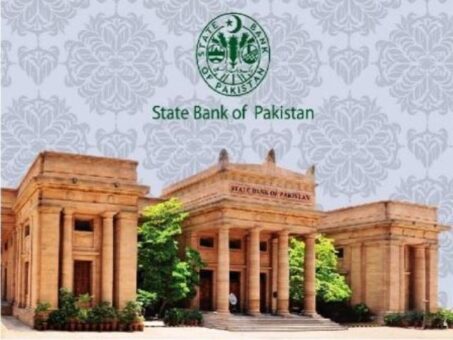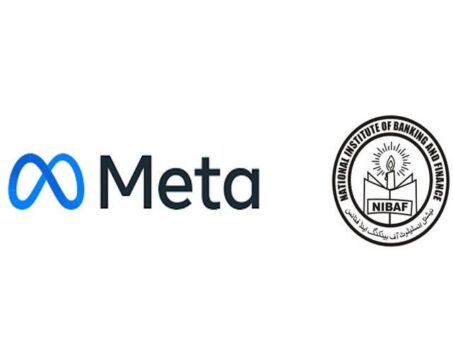KARACHI: Karachi Chamber of Commerce and Industry (KCCI) Tuesday urged the central bank to immediate intervene in to stop further devaluation of Pakistan rupee (PKR).
In a statement KCCI President Muhammad Idrees expressed deep concerns over continuous devaluation of rupee against dollar as the foreign currency hit a new all-time high by crossing Rs186.
READ MORE: Dollar continues record spree against PKR; hits 185.23
He urged the State Bank of Pakistan (SBP) to play its role and devise effective strategy to stop further devaluation rupees which was having a deep negative impact on the economy, particularly the inflation.
“Although the experts are attributing the rupee devaluation to political uncertainty but the SBP, being the regulator, has to play a role otherwise, it will create a lot of problems for the economy which is sinking as it faces a lot of challenges due to widening current and fiscal deficits,” he said.
READ MORE: Businessmen want early resolution of political uncertainty
Muhammad Idrees said that rising dollar against rupee was raising the cost of doing business, making Pakistani goods uncompetitive in the export markets and unaffordable for common man at the local markets as the impact of rising dollar value is usually passed onto end-users.
He said that it has to be understood that the share of exports in GDP stood at around 10 percent while the rest of 90 percent was local trade and imports hence the devaluation is hurting and has reached to a level where it has become unbearable.
“Due to lack of effective price control mechanism, an abnormal upsurge has been witnessed in the prices of almost all the commodities of household usage which have to be controlled to ease the already overburdened and miserable life of the inflation stricken common man,” he stressed.
READ MORE: Direct flights between Pakistan, Tajikistan needed
“Severe devaluation of rupee has raised the cost of doing business and fostered the inflation, therefore, it is really crucial to review the current strategies being pursued by the regulator,” he reiterated.
President KCCI feared that the economic crises including energy crises, devaluing rupee against dollar and rising trade deficit etc. would push the economy to a point of ‘no return’ and may even put Pakistan’s survival at stake. “All the efforts made to maintain GDP growth of 5 percent plus will go wasted if the ongoing political uncertainty continues for long period.”
READ MORE: Withholding tax should be on income: FBR Chairman
He stressed that the emerging situation has to be efficiently addressed and handled very carefully otherwise, the excessive devaluation will continue to increase the cost of doing business, which would terribly affect the industrial performance, raise unemployment and open the floodgates of inflation, particularly for the middle and lower segments of the society, besides making the already poor poorer due to unbearable inflation.




